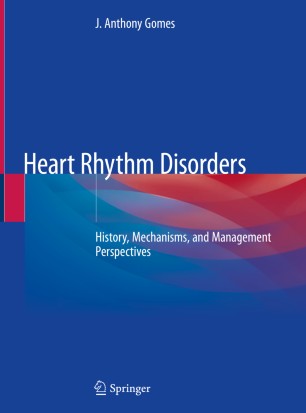

Most ebook files are in PDF format, so you can easily read them using various software such as Foxit Reader or directly on the Google Chrome browser.
Some ebook files are released by publishers in other formats such as .awz, .mobi, .epub, .fb2, etc. You may need to install specific software to read these formats on mobile/PC, such as Calibre.
Please read the tutorial at this link: https://ebookbell.com/faq
We offer FREE conversion to the popular formats you request; however, this may take some time. Therefore, right after payment, please email us, and we will try to provide the service as quickly as possible.
For some exceptional file formats or broken links (if any), please refrain from opening any disputes. Instead, email us first, and we will try to assist within a maximum of 6 hours.
EbookBell Team

0.0
0 reviewsThis engaging book covers a multitude of topics related to heart rhythm disorders (HRDs) and uniquely familiarizes readers with the development of treatment modalities over the past several decades, including the evolution of anti-arrhythmic drugs, pacemakers, defibrillators, and catheter ablation.
Organized in ten sections, this title serves as both an archival and a contemporary resource for clinicians. The first section describes the discovery of the circulatory system by William Harvey in 1628 and outlines the development and understanding of HRD since the advent of intra-cardiac electrophysiology. Subsequent sections discuss the historical evolution of abnormal heart rhythms, such as supra and ventricular rhythms and sudden cardiac death, their treatment with drugs, surgery, pacemakers, implantable defibrillators and catheter ablation. Section nine offers a fascinating narration of the clinical evolution of overcoming heart attacks and its impact on HRDs. The final section explores potential new frontiers in HRD and the factors that may contribute to the prospective rise of cardiovascular diseases.
A ground-breaking and invaluable addition to the clinical literature, Heart Rhythm Disorders: History, Mechanisms and Management Perspectives details the pervasive nature of cardiovascular diseases in human history, their ramifications, and their projected effects on at-risk demographic populations and human health in general.